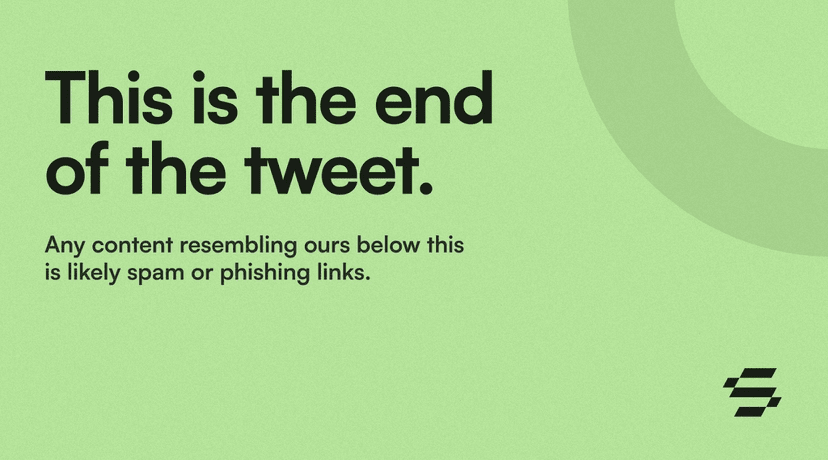In discussions about re-staking in the industry, many people directly think of EigenLayer. However, Solayer tells the story natively on Solana: allowing SOL and LST to be reused, providing additional security and faster confirmation guarantees for on-chain services or upper-layer networks. Multiple studies summarize it as 'Endogenous AVS', contrasting with 'Exogenous AVS' on Ethereum, which serve different objects and paths. The technical document from Mint Ventures describes Solayer's Endogenous AVS as a 'transaction finality leasing platform' — providing 'faster/stronger' confirmations on demand for systems that require strong determinism.
Why does the Solana ecosystem need native re-staking? On one hand, Solana's low fees and high concurrency create a demand for 'buying determinism' among a large number of small and medium-sized applications; on the other hand, if the security budget relies solely on the base layer, it is difficult to perform differentiated pricing for diverse services.
 Solayer connects the chain of SOL staking → sSOL yield certificates → re-staking to target services, turning security into a marketable commodity. Tutorials from Gate and SimpleSwap clarify this path, emphasizing 'reusing existing staked assets, expanding to multiple services'.
Solayer connects the chain of SOL staking → sSOL yield certificates → re-staking to target services, turning security into a marketable commodity. Tutorials from Gate and SimpleSwap clarify this path, emphasizing 'reusing existing staked assets, expanding to multiple services'.
What are the differences with EigenLayer? In the 2024 article 'Re-Staking Competitive Landscape' by Bankless, Solayer is placed alongside BounceBit, Symbiotic, and Karak, pointing out that they each follow different routes in terms of asset types, target services, and economic design; Solayer's 'native to Solana + targeting SVM applications and networks AVS' is a clear positioning. The significance of the comparison lies not in who wins, but in abstracting 'security needs' from single-chain consensus into multi-party rentable resources.
The connection between tokens and demand is also clearer: Binance Academy attributes LAYER to 'enhancing scalability and liquidity on top of Solana, opening up channels for LRT and DApp' as L2/enhanced layers; Solana Compass directly gives a description of 'Solana's native re-staking network' and includes sUSD (yield-bearing stablecoin) in the ecological narrative. Both emphasize 'transforming existing collateral into security supply', rather than creating interest from thin air.
The experience on the application side will resemble 'buying service levels'. For a trading endpoint or clearing service that requires 'fast confirmation', you can treat re-staking as a budget for 'buying more determinism', increasing or decreasing it seasonally based on demand; on the supply side, holders of sSOL break down the yield curve into 'base staking interest + re-staking service fees'. Clarifying this 'security as a service' pricing list makes it easier for readers to understand the practical significance of re-staking in the Solana context.
@Solayer #BuiltonSolayer $LAYER
